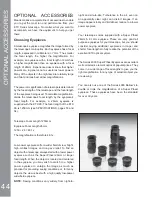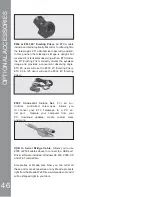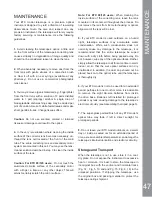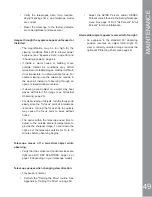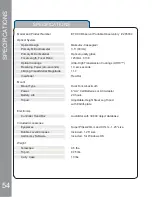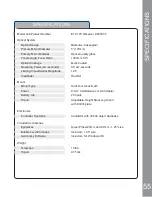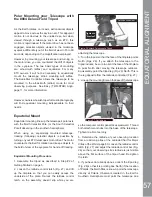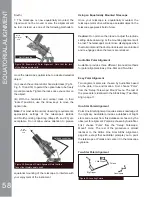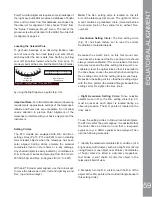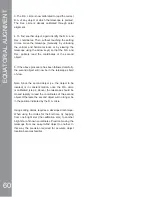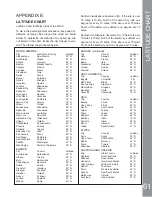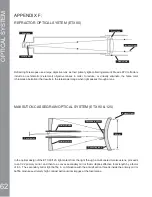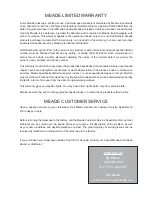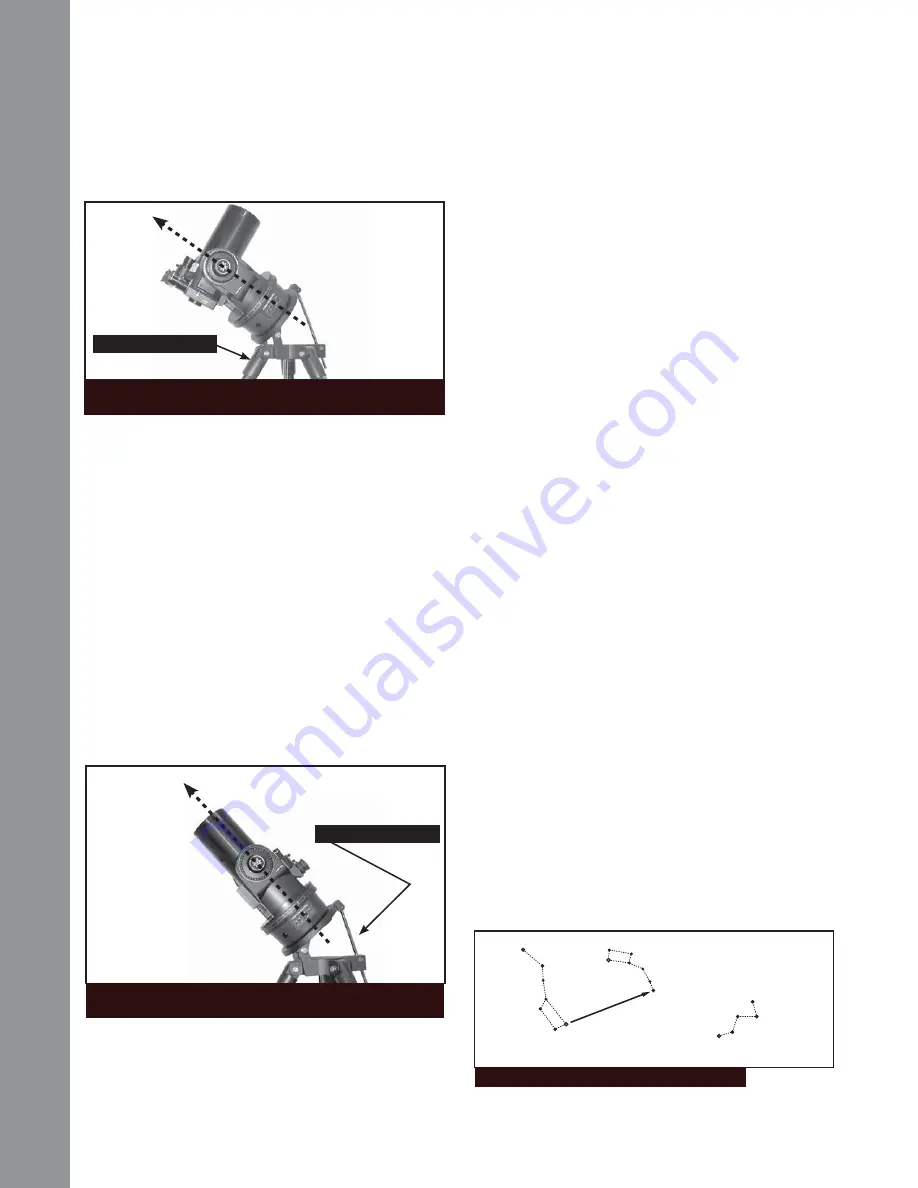
South).
7. The telescope is now equatorially mounted; the
tripod must not be moved or else the alignment will
be lost. Instead, use one of the following methods to
move the telescope’s optical tube to a desired celestial
object.
(A) Loosen the vertical and/or horizontal locks (Pg 14,
Fig. 5, 10 and 18) to permit the optical tube to be freely
moved manually. Tighten the locks once you center on
the object.
(B) With the horizontal and vertical locks in their
“locked” positions, use the Arrow keys to move the
optical tube.
Note:
For most astronomical observing requirements,
approximate settings of the telescope’s latitude
and North-pointing tripod leg (Steps #5 and #6) are
acceptable. Do not allow undue attention to precise
equatorial mounting of the telescope to interfere with
your enjoyment of the instrument.
Using an Equatorially Mounted Telescope
Once your telescope is equatorially mounted, the
telescope motor drive will keep a celestial object in the
WHOHVFRSHH\HSLHFH¶V¿HOGRIYLHZ
Caution:
Do not move the tripod or adjust the latitude
setting while observing or the mounting alignment will
be lost. The telescope’s motor drive disengages when
the Horizontal and the Vertical lock levers are unlocked
and re-engages when the levers are relocked.
AudioStar Polar Alignment
AudioStar provides three different (manual) methods
for polar alignment: Easy, One-Star and Two-Star.
Easy Polar Alignment
Two alignment stars are chosen by AudioStar based
on the date, time and location. First, choose “Polar”
from the “Setup: Telescope: Mount” menu. The rest of
the procedure is identical to the Alt/Az Easy (Two-Star)
Align, page 11.
One-Star Polar Alignment
Polar One-Star Alignment requires some knowledge of
the night sky. AudioStar provides a database of bright
stars and one star from this database is chosen by the
observer for alignment. Polaris is chosen by AudioStar.
First, choose “Polar” from the “Setup: Telescope:
Mount” menu. The rest of the procedure is almost
identical to the Alt/Az One Star Alt/Az Alignment,
page 43, except that AudioStar prompts you to point
the telescope at Polaris and center it in the telescope
eyepiece.
Two-Star Polar Alignment
Figure 29: Example of Polar Alignment. Note that the
face of the tilt-plate points north
Figure 28: Example of Polar Alignment. Note that the face
of the tilt-plate points north
North
Celestial
Pole
+
North
Celestial
Pole
+
Latitude control bar
Polaris
Little Dipper
Big Dipper
Cassiopeia
Figure 30: Locating Polaris
EQUA
T
O
RIAL
ALIGNMENT
North tripod leg
EQUA
T
O
RIAL
ALIGNMENT
58

